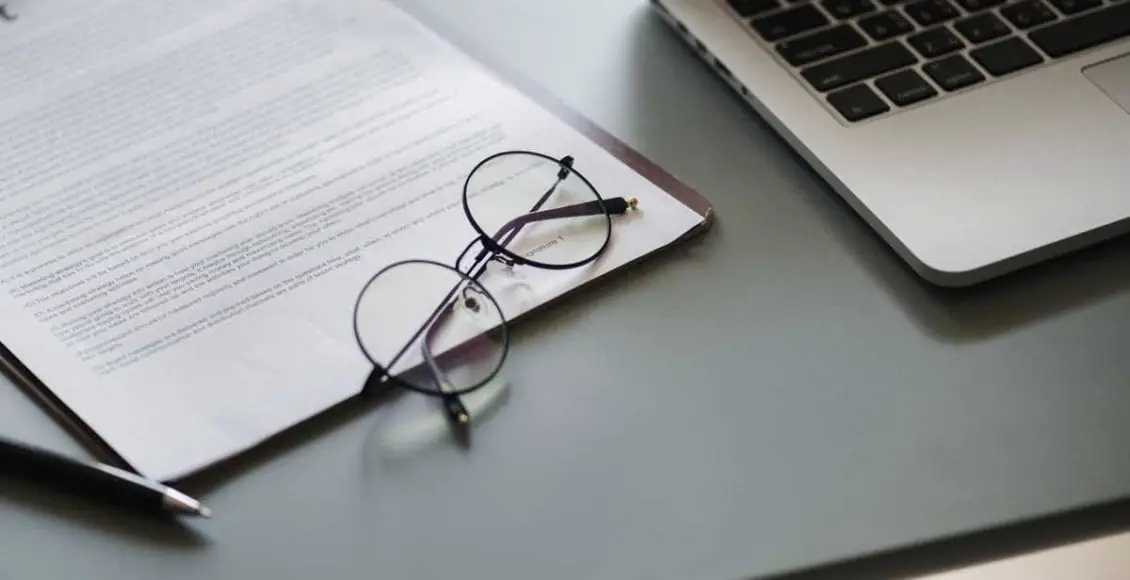So, you’re in college and looking for a part-time job, or maybe you’re even approaching the end of you student days and looking for a full-time one.
Either way, the skill of writing a successful job application letter is something you must learn.
In this post, we will show you how to write a job application letter in broad strokes. Of course, every time you actually apply to a job, you will need to adapt these general lines to the specifics of the company you are applying to. Whenever you need tips on how to navigate the job application process for a particular employer, see the specialized guides from JobApplicationWorld.
What is the Mission of a Job Application Letter?
When you are applying to the job you want, you will generally be required to submit quite a few application documents. These can be, for example, your CV, your school records displaying grades or average results, a sample of your work or a portfolio, maybe even a letter of recommendation or two.
But the HR person who will receive this entire collection of documents will perhaps have a hard time discerning the more human aspects of your application, only from these factual papers. They will learn from your CV what you’ve done so far, in a matter-of-factly kind of way.
But they will not know what you plan to do in the future, as far as personal development goes, what particular areas of your work you are most fond of and so on.
This is where your application letter comes in.
Your job application letter – sometimes named a cover letter – is all about putting a human face on the facts contained in your other documents. It mission is to help the recruiters understand more about what drives you as a person, why you think this job would be a good match for you, and so on.
Key Elements of a Job Application Letter
There are a few things which you should touch upon in your job application letter, regardless of the style you choose to deliver them in. Depending on the company culture of the place you are applying to a job at, you will probably alter your tone in order to fit in better.
But no matter if you’re writing a more formal letter or a more personal one, the letter itself should manage to give a clear image on the following.
1. Personal information
Include things like contact info – a phone number and an email address – right in the beginning of the letter, so that it stands out immediately. You can also mention where you are currently located and the career position you occupy at the time.
2. Your purpose and mission
This is perhaps the most important part of your job application letter, since most of the other sections simply sum up the info contained in the resume.
Right after introducing yourself (in section 1), you need to clearly state what you want from them (the position you are applying for) and the why.
Your motivation must be something related either to the field of work (highlight your passion) or to the company itself (you like them because…, you think you would be a great fit there because…, you think you could bring value to the company because…) etc. The more specific you can get without being boisterous or sounding empty, the better.
3. Educational background
This next section should be pretty straightforward. After you’ve stated your goal, just do a quick sum-up of the schools you’ve graduated from. Clearly mention for the most important ones how they are relevant to this job application.
Be careful not to become obnoxious, but try to highlight anything you are outstanding at. Play to your strengths and make the reader see why they should be delighted to have you on their team.
4. Your past professional experience
This section is also pretty straight-forward, meant to recap your previous positions and how they are relevant for today’s application. If you had part-time jobs in fields wildly different from what you are attempting to do now, don’t worry. Any working experience is a valuable one. You can always say that you developed your people skills while working at a McDonald’s counter, or that your experience as a delivery boy taught you be extremely well organized.
If you don’t have any previous job to discuss, then point to volunteering experience, extra activity clubs or even hobbies. Anything will do, as long as you can argue that it prepared you for the position you are currently applying to.
5. Proof of your skills (pointing to attachments)
This last section of the letter should casually send the reader to one or more of the documents included in your job application. To sum it up, the last section is more like a guide to walk the reader through the documents you’ve sent.
You can voice this proof of your skills along the lines of ‘You can see a short excerpt from a paper I’m particularly proud of in the attached portfolio, at section B’, or ‘You will find two recommendations from Professor Jones and Professor MacMillan that will confirm that I have always been passionate about X’.
End your job application letter with a curt and positive statement, mentioning that you are looking forward to hearing back from them.
All in all, the entire letter shouldn’t exceed one page, unless you really have a lot of past experience to show off. Even so, shorter is better, since you can just let your resume speak for itself, and use the application letter just for a warmer touch, to start the conversation. Good luck!
Author BIO
Scott Lawson is an HR manager devoted to his career. During his 5 year work span Scott developed a taste for writing and helping others. This materialized into a website called JobApplicationWorld, that aims to help others tackle the hiring process.



